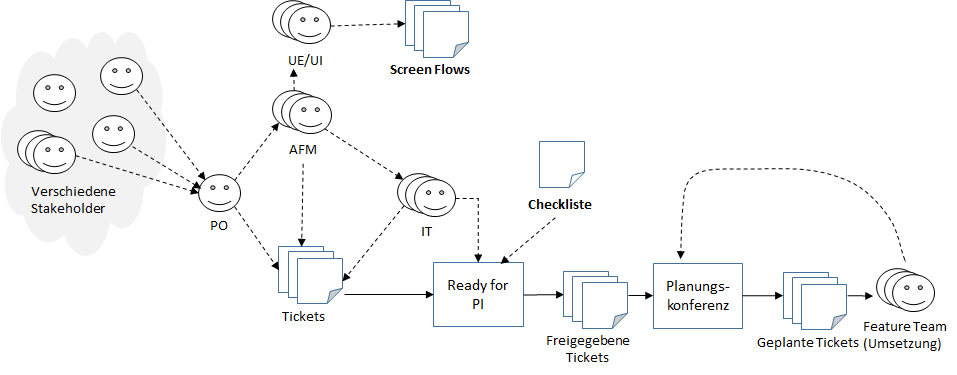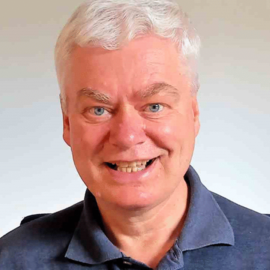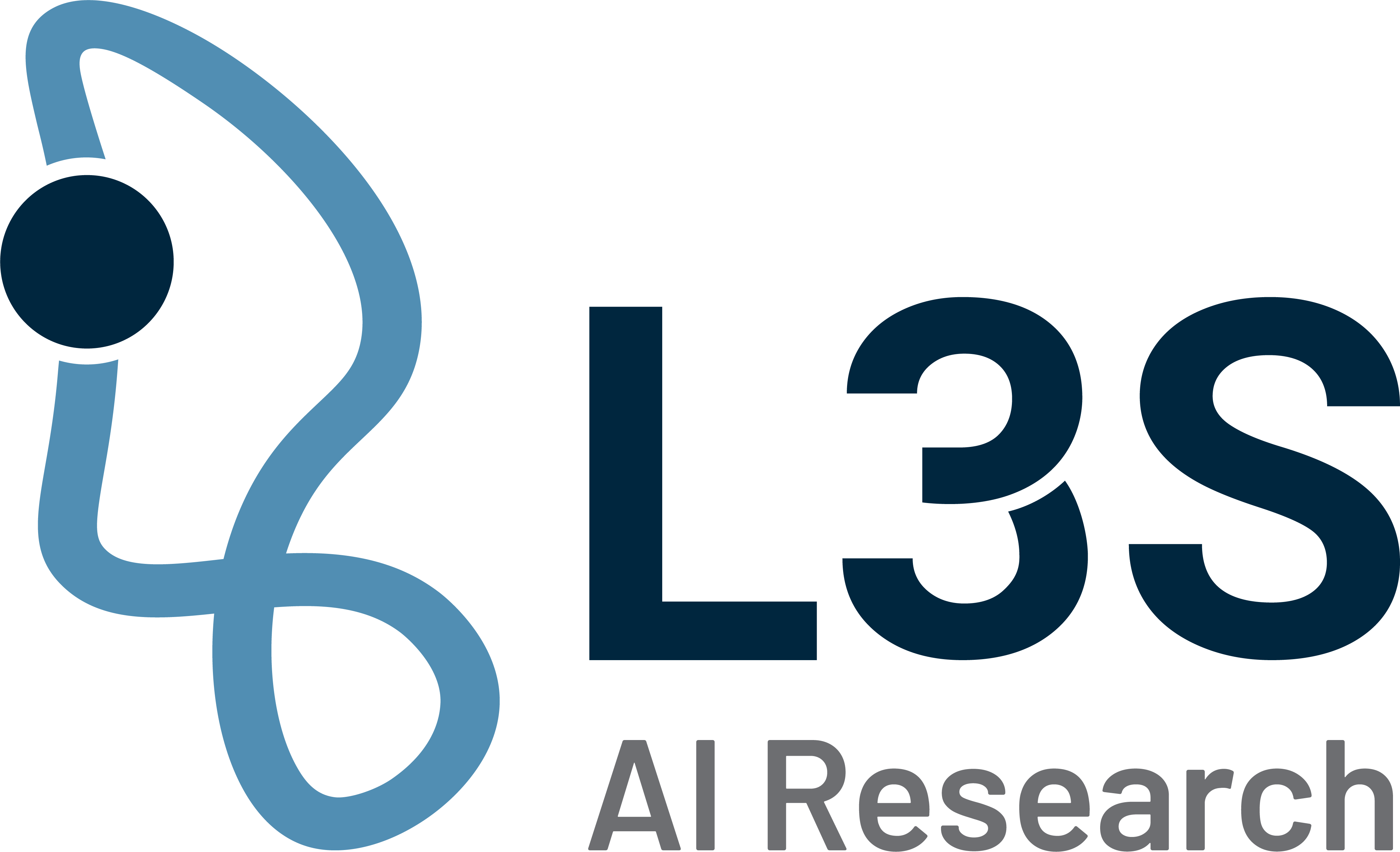Fotos: VWN
Getting innovations flowing
What makes one vehicle more valuable today than another? Probably not the new paint or the swing in the fender. In these times of the digital revolution, a large part of the new values is in software and in an intelligent environment. Innovations are in demand, and large companies and university research can work together to achieve this.
Volkswagen Commercial Vehicles (VWN) has set itself the goal of becoming the best transport provider in the world – also thanks to so-called Mobile Online Services (MOD), which, for example, transfer important vehicle data to the smartphone. To drive development forward, implement innovations quickly and respond to changes, VWN has established a powerful internal unit: the so-called MOD Project House. Several teams there use agile methods to develop, among other things, a digital driver’s logbook. It is designed to enable customers with fleets of vehicles to keep track of their vehicles, automatically save routes, check driving efficiency and plan maintenance work.
Optimized project development
With agile development, not all requirements are defined at the beginning of a project; because innovative aspects in particular often need several iterations to develop from a fascinating idea into a mature concept. Therefore, requirements analysis and the realization of partial functionalities alternate rapidly. With this method, it can be clarified step by step which concepts still need to be developed further and what already creates real customer value. New findings can also be incorporated into the product at a later stage. This makes the project faster and more flexible.
Dr. Michael Nolting, Head of Digital Services & Data Analytics at VWN, has clear ideas about this: “The vision of the project house is to create one release per day when series production begins. “This should give customers the feeling of getting into a vehicle with new and improved functions every day. The project house wants to improve the project flow for this – from the creation of new requirements and concepts to the delivery of new functions. Once this flow is in motion, agile teams can work very efficiently. In a large company like VWN, however, it is not easy to maintain this flow continuously. Too many constraints and relationships with other disciplines, such as mechanical engineering, limit the possibility of taking completely new paths in software development. Therefore VWN has decided to systematically research at L3S together with Prof. Dr. Kurt Schneider from the chair of Software Engineering (SE) at Leibniz Universität Hannover and to work out how a method tailored to practical needs can look like, which optimizes the flow and achieves the desired flexibility to bring innovations quickly to market.
“The development and implementation of innovations can only succeed with technical skills and with the ability to pass on ideas quickly and comprehensibly between all those involved. When fine-tuning development methods, it is important to keep communication, flexibility and quality in mind together,” says Prof. Schneider.
Together with Nils Prenner from the chair of Software Engineering, Dr. Nolting’s staff is currently working on ways to systematically capture and optimize the flow of ideas into innovations and products. The FLOW method developed by the chair is used to qualitatively model information flows and communication channels. Currently, the team is developing a quality model with criteria and measures that are necessary to evaluate and further improve the flow.

Contact

Prof. Dr. Kurt Schneider
L3S member Kurt Schneider is head of the Software Engineering (SE) department at Leibniz Universität Hannover. Among other things, he researches communication in software projects and is spokesperson of the research initiative “Mobile Man” at Leibniz Universität Hannover, in which the L3S is involved.


